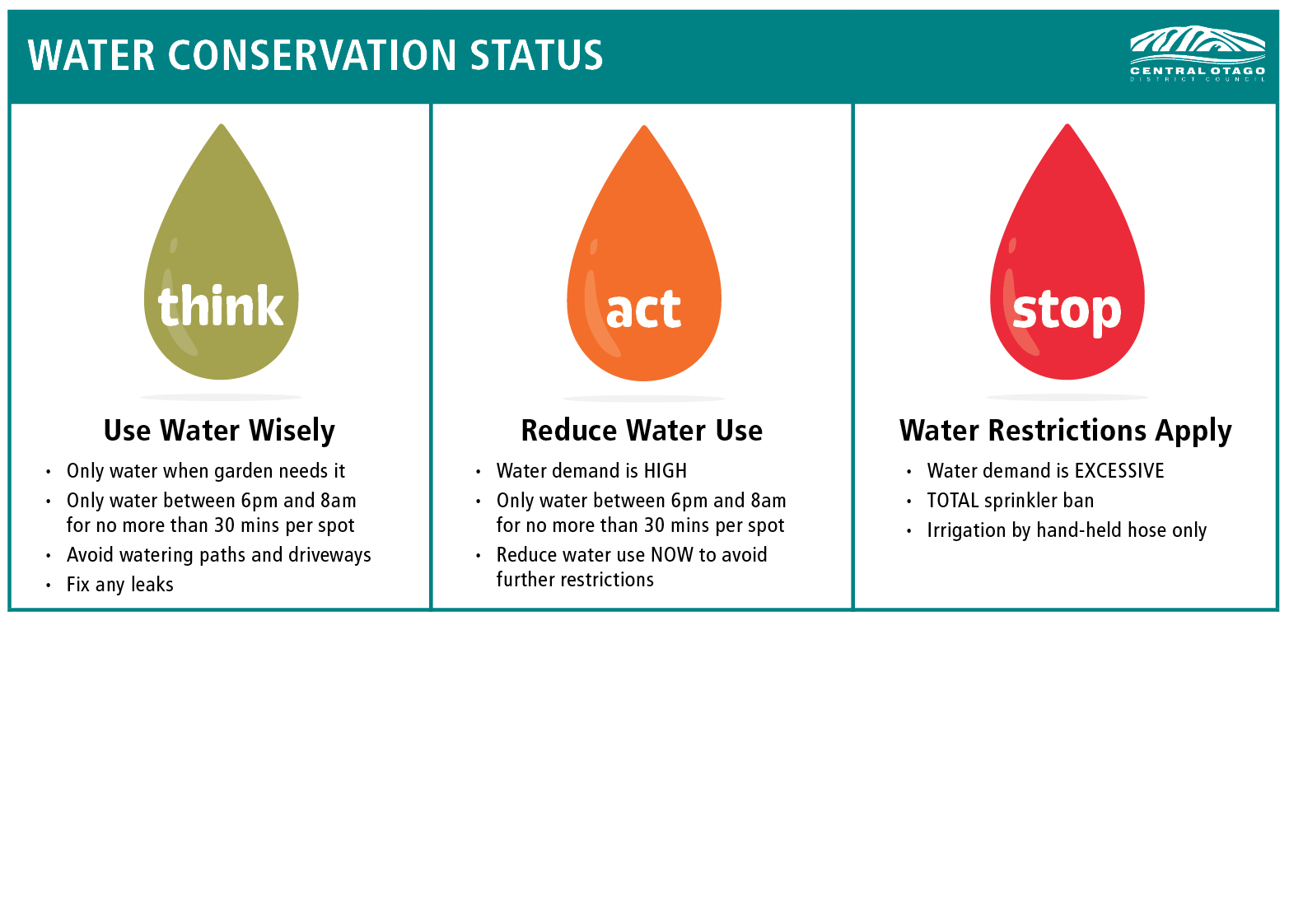Better outcome with better water management for the Māniatoto
The summer of 2023-2024 was “as dry as dry”, but the water supply held up well, thanks to better management, Maniototo Community Board member Cr Stu Duncan says.
At the May meeting, the Central Otago District Council (CODC) received a report on how the Māniatoto’s water supply had been managed over the 2023-2024 season, reflecting on an event which resulted in a boil water notice being in place for eight days from 8-16 February 2023, and what had been learned from the incident.
The Council acknowledged the situation could have been handled much better by both staff and the contractor. It had led to significant disruption and impact on the community, as well as the considerable cost of having to ship in water via tanker for days at a time. However, despite a very dry summer, this year been a different story, Cr Duncan said.
“From adversity comes opportunity … it’s been as dry as dry, but the water has been fantastic. I think the staff and the contractor deserve a big pat on the back. It’s been a big turn-around from last year.”
The New Zealand Drought Index showed the 2022/2023 Central Otago summer to be the driest since 2018, with 32 days within the dry or very dry category. This was followed by a drier than average autumn and winter (Ranfurly Harvest weather station data reviewed against the NIWA climate report) leading into the 2023/2024 summer period. The accumulation of dry seasons was reflected in the wider catchments, with Falls Dam levels reaching the lowest mark in 25 years and dropping levels in the Eweburn Dam leading to restrictions for both irrigators and the Naseby community.
At the meeting, CODC Water Services Customer and Compliance Team Leader Philippa Bain said a set of actions were put in motion to ensure improved operation and oversight to avoid the February 2023 situation happening again.
“There have been serious learnings from the incident that have led the Council to be more proactive than reactive in the way it deals with the management of its water.”
Monitoring software (Lutra software – Infrastructure Data) that gives detailed analysis of trends in inflow and water demand to inform decision making, had been introduced. The software pulls data from multiple sources including Supervisory Control and Data Acquisition (SCADA) and weather data into an easily accessible and adaptable format.
A districtwide dashboard was created for all water treatment sites. This provided early indication of stress in the network allowing CODC staff to take a proactive approach to water conservation. It was utilised specifically for Ranfurly to easily view reduction of inflow to the plant, triggering an inspection of the weir and upper intake screen.
Alarms were also able to be incorporated. These gave instant indication to staff on a range of parameters, including lower than normal level in a reservoir or higher than normal outflow, potentially an indication of a main failure or major leak in the network.
Better communication across the board between Council staff, the contractor and landowners, and safe unrestricted access to maintain the intake had been key improvements, along with early communication to elected members prior to water restrictions being put in place.
Monitoring of the supply and regular communication and support from the CODC Parks Team allowed for a largely uninterrupted irrigating season despite dry conditions. Irrigation of the show grounds was turned off on 1 March when Ranfurly moved to the ‘Red Drop’ restriction level.
The Council had repurposed a campaign ‘Watch the Drops” to show a town or community its water conservation status, and what measures should be taken, as indicated by a red, orange or green drop (see status since May below).
After the meeting, Ms Bain said the combination of the review of actions taken since the event and putting more proactive measures in place, along with greater public awareness, had led to a much better outcome for the Māniatoto this year.
“At the height of summer (from 29 February) while Omakau/Ophir and Ranfurly and Naseby were on the Red Drop and water restrictions applied, we never had to apply any further restrictions, such as a conserve water notice.
“We want to thank the community for helping us manage their water usage so well, in very dry conditions. It’s great that we can all work together to manage our precious resource during challenging periods.”


